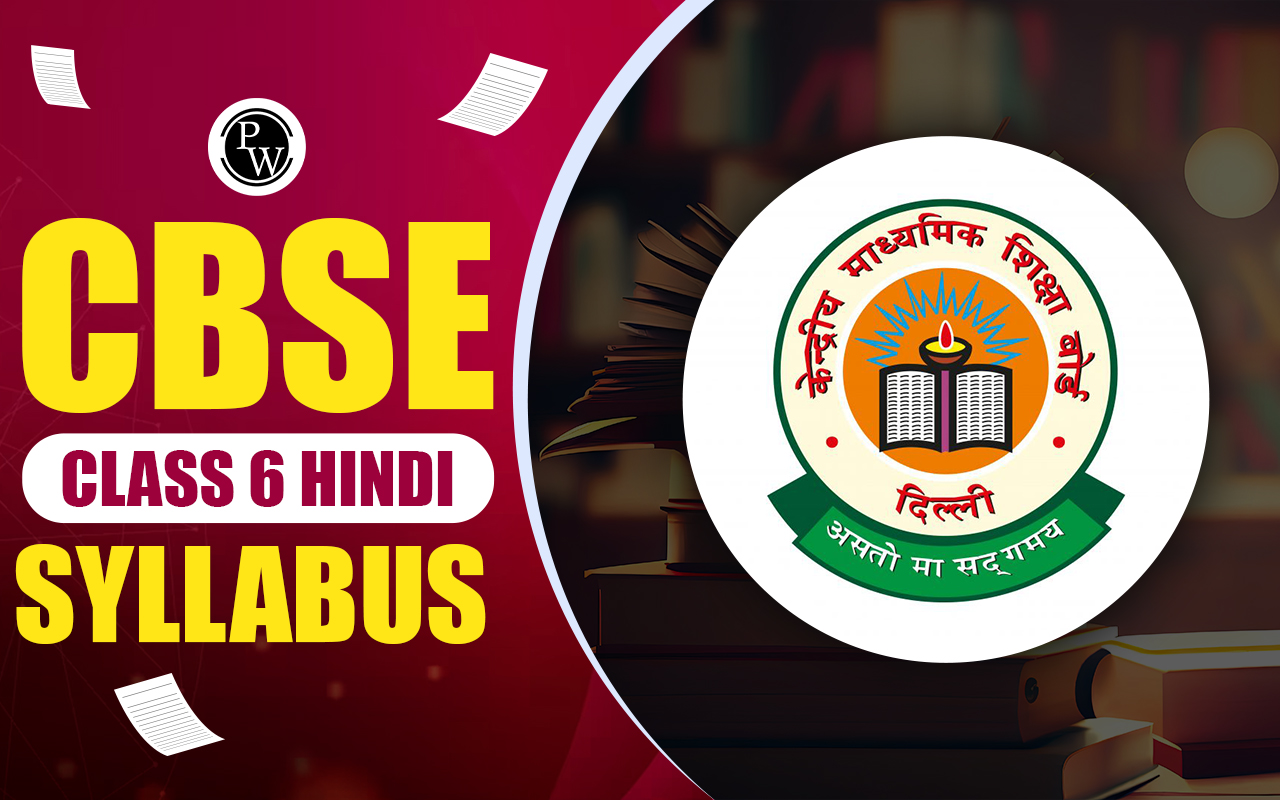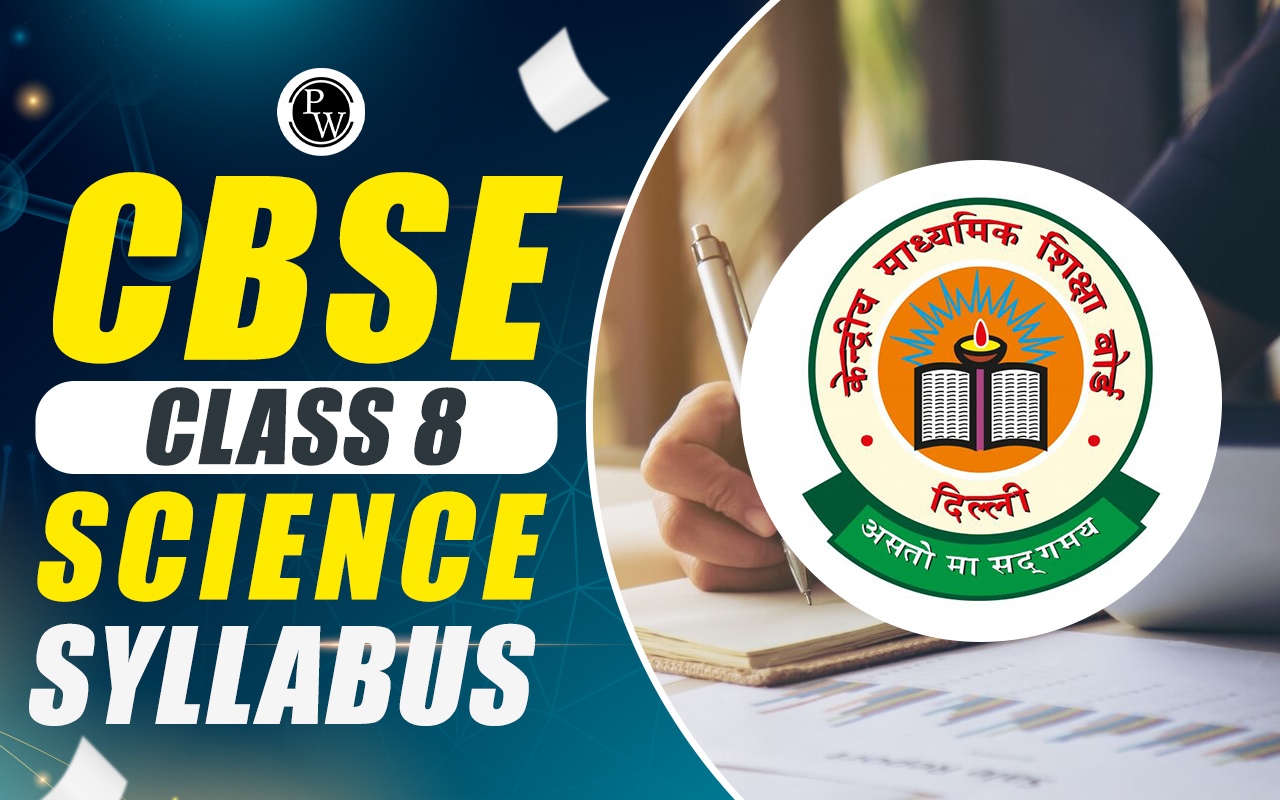
NCERT Solutions For Class 8 Science Chapter 10: For students who are struggling to prepare for their exams, the finest study material is NCERT Solutions for Class 8 Science Chapter 10: Reaching the Age of Adolescence. Every question in the NCERT textbooks has an answer found in the NCERT Solutions. Students can also get these solutions in PDF format for free, which will help them organize their notes and write tasks for class.
All of the problems in the CBSE Class 8 textbook have detailed explanations in the NCERT Solutions for Science Class 8. Expert subject-matter experts have methodically created these solutions in compliance with the most recent CBSE syllabus and recommendations. Students can click the link below to receive a free PDF of the NCERT Solutions for Class 8 Science for this chapter.NCERT Solutions For Class 8 Science Chapter 10 Overview
This NCERT Class 8 Science chapter helps students understand everything there is to know about what adolescence is, how it changes, what hormones are released before adolescence, when males and females reach sexual maturity, and the menstrual cycle and its effects. Students can use the Science NCERT Solutions for Class 8 to self-explain any questions they may have regarding these ideas. The following are some of the significant subjects addressed in the chapter Reaching the Age of Adolescence:-
Introduction to Adolescence and Puberty
-
Changes in height, Body Shape, and voice.
-
Increased Activity of Sweat and Sebaceous Glands
-
Development of Sex Organs
-
Reaching Mental, Intellectual, and Emotional Maturity
-
Secondary Sexual Characters
-
Introduction to hormones and endocrine glands
-
Role of Hormones in Initiating Reproductive Function
-
Reproductive Phase of Life in Humans
-
Mensuration
-
Menarche
-
Menopause
-
Sex determination
-
Chromosome and sex chromosome
-
Hormones other than Sex Hormones
-
Role of Hormones in Completing the Life History of Insects and Frogs
-
Reproductive Health
-
Nutritional Needs of the Adolescents
-
Personal Hygiene and Exercise
NCERT Solutions For Class 8 Science Chapter 10 PDF
Science Chapter 10 in Class 8 "Reaching the Age of Adolescence" is a crucial chapter that establishes the groundwork for science's future. Students may enhance their analytical skills, comprehend concepts, and solve issues with the aid of our Class 8 Science Chapter 10 Solutions, an extensive and educational resource. To succeed in tests, you must practice more questions. Students can prepare for their exams by going through the many practice problems and solutions included in our Class 8 Science Chapter 10 Solutions. For convenient offline access, students may also download a free PDF of our Class 8 Science Chapter 10 Reaching the Age of Adolescence Solutions.NCERT Solutions For Class 8 Science Chapter 10 PDF
NCERT Solutions For Class 8 Science Chapter 10
Here we have provided NCERT Solutions for Class 8 Science Chapter 10 for the ease of students so that they can prepare better for their exams.1. What is the term used for chemical secretions of endocrine glands responsible for changes taking place in the body?
Solution:
Hormones are the chemical substances secreted by the endocrine glands. The changes occurring in the body are caused by hormones.2. Define adolescence.
Solution:
Adolescence is the time frame that spans from the start of adulthood until puberty. The body goes through several changes throughout this time in addition to reaching reproductive maturity. It finishes at the age of eighteen or nineteen, but it begins in some way at eleven. Adolescence can mean different things to different people.3. What is menstruation? Explain.
Solution:
Menstruation is the term for the regular monthly process of the uterine lining being shed. It begins during adolescence and the female reproductive cycle. Every month, the uterus gets ready to receive a fertilized egg. As a result, the uterine lining thickens and receives blood flow to support the developing fetus. If the egg is not fertilized, the uterine lining degrades and leaks blood via the vagina. This takes place over two to eight days each month. The menstrual cycle is the name given to this monthly cycle.4. List changes in the body that take place at puberty.
Solution:
The following are the changes that occur throughout puberty: a) The body's weight and height will increase abruptly b) The legs, hands, face, and underarms tend to be the places where hair seems to grow. c) The ovary develops larger in females and begins to produce mature eggs; in contrast, the testis expands and begins to produce sperm in males. d) The shoulder widens and the chest expands in men, while the area below the waist expands in women. g) Excessive oil secretion from the skin appears to be the cause of acne. f) Hormones cause the larynx to become more noticeable in boys, and the vocal chord thickens and lengthens, giving them a gruff voice.5. Prepare a Table having two columns depicting the names of endocrine glands and hormones secreted by them.
Solution:
| Endocrine Glands | Hormones |
| Testis | Testosterone |
| Ovary | Oestrogen |
| Pituitary | Growth hormone |
| Adrenal | Adrenalin |
| Thyroid | Thyroxin |
| Pancreas | Insulin |
6. What are sex hormones? Why are they named so? State their function.
Solution:
Sex hormones are the chemicals that are produced by the reproductive organs. For instance, the sex hormone generated by the ovary in females is known as oestrogen, while the sex hormone produced by the testis in males is known as testosterone. The following are a few tasks that the sex hormones carry out: Oestrogen: This hormone is in charge of the development of female reproductive organs and secondary sexual traits in females, such as breast augmentation. Testosterone: This hormone causes boys to develop secondary sex traits including growing facial hair, raspy voice, developing reproductive organs, etc.7. Choose the correct option.
(a) Adolescents should be careful about what they eat, because
(i) Proper diet develops their brains.
(ii) A proper diet is needed for the rapid growth taking place in their body.
(iii) adolescents feel hungry all the time.
(iv) Taste buds are well-developed in teenagers.
(b) Reproductive age in women starts when their
(i) menstruation starts.
(ii) breasts start developing.
(iii) body weight increases.
(iv) height increases.
(c) The right meal for adolescents consists of
(i) chips, noodles, coke.
(ii) chapati, dal, vegetables.
(iii) rice, noodles and burger.
(iv) vegetable cutlets, chips, and lemon drink.
Solution:
a) (ii) proper diet is needed for the rapid growth taking place in their body. b) (i) menstruation starts. c) (ii) chapati, dal, vegetables.8. Write notes on—
(a) Adam’s apple.
(b) Secondary sexual characters.
(c) Sex determination in the unborn baby.
Solution:
a) Adam's apple: In male humans, the larynx enlarges during adolescence and appears as a portion of the throat that protrudes. We call this protrusion Adam's apple. The larynx becomes more noticeable in boys due to the influence of sex hormones. This results in a bigger and longer vocal cord, resulting in hoarseness of voice. In contrast, the larynx is tiny and barely noticeable in females. As a result, boys have a deep voice and girls have a high pitch.
b) Secondary sexual characteristics: Characters with secondary sexual features typically emerge during the puberty phase. These are the characteristics that contribute to the differences in the bodies of men and women.
Male characteristics include growing hair in the genital areas, chest breadth, beard look, and hoarseness of voice. Female characteristics include the onset of the menstrual cycle, breast growth, and genital hair growth.c) Determining the sex of an unborn child: An unborn child's sex is determined by the pair of sex chromosomes that are present in its cells.
9. Word game :
Use the clues to work out the words.
Across
3. Protruding voice box in boys
4. Glands without ducts
7. Endocrine gland attached to the brain
8. Secretion of endocrine glands
9. Pancreatic hormone
10. Female hormone
Down
1. Male hormone
2. Secretes thyroxine
3. Another term for teenage
5. Hormone reaches here through bloodstream
6. Voicebox
7. Term for changes in adolescence

Solution:
Across
- Adam’s apple
- Endocrine
- Pituitary
- Hormone
- Insulin
- Estrogen
Down
- Testosterone
- Thyroid
- Adolescence
- Target site
- Larynx
- Puberty

Benefits of NCERT Solutions For Class 8 Science Chapter 10
The knowledgeable team of professors has created the NCERT solutions for Class 8 Science Chapter 10 by the most recent NCERT syllabus and norms.- To increase accessibility and availability of education, we have made the Class 8 Science Chapter 10 Reaching the Age of Adolescence NCERT answers available online for free download.
- The procedures to create a diagrammatic representation of the reproductive components from the chapter on adolescence are provided in the PDF of NCERT Class 8 Science Chapter 10 Solutions.
- Short explanations on subtopics such as puberty and adolescence, male and female sexual characteristics, the roles played by hormones in the initiation of reproductive functions, and reproductive health are included in the accessible PDF.
NCERT Solutions For Class 8 Science Chapter 10 FAQs
What is reaching the age of adolescence que ans?
What is adolescence and puberty Class 8 question answer?
What is the objective of Chapter 10 of Class 8 science?













